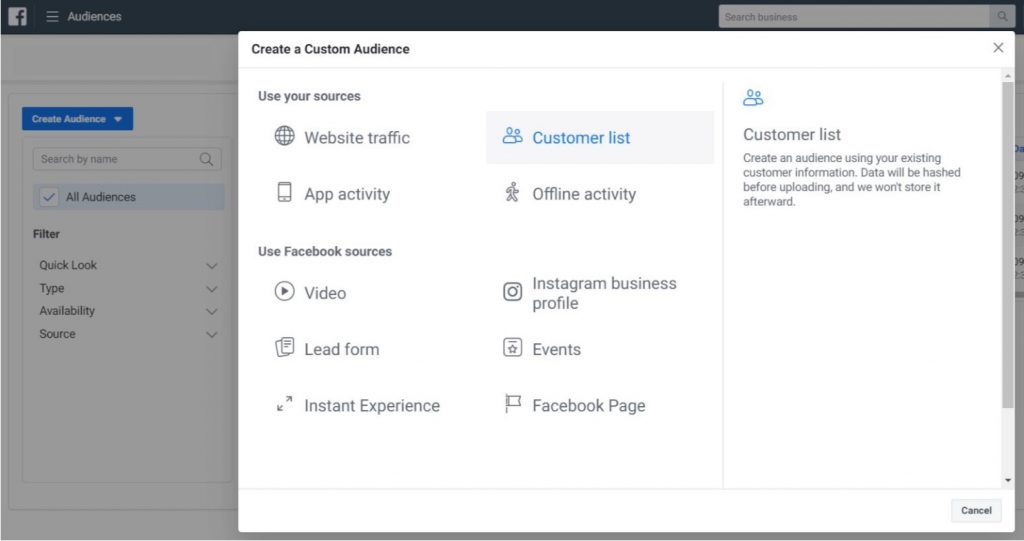Generating sales leads is getting easier. With so many marketing platforms catering to this objective, it’s satisfying for marketers to watch the leads roll in. From there, leads are given to the sales team to establish contact, evaluate the needs and how the business can meet them, negotiate and hopefully seal the deal. In a perfect world, sales would close every lead that came through the marketing pipeline. However, this is often not the case. Often more frustrating is spending time working with information of an unqualified lead, resulting in no sales and a waste of both time and resources on the wrong audience.
So how can marketing help convert those leads to sales? Get smarter about the who, the how, and develop strategies designed to improve the experience for all. Focus on fine-tuning your inbound marketing rather than outbound. Inbound marketing efforts are already improving the quality and volume of leads received by many businesses. In fact, only 18% of marketers in 2018 reported that they gathered high quality leads contributed to outbound efforts.
Whatever your lead generation process is, here are some tips Pintler Group employs to improve the quality of leads.
Research Your Target Audience and Know Where to Reach Them
Okay, so this one isn’t so much a strategy but a reminder to marketers. Know your audience! Sometimes your service or product may call for you to cast a wide net, but be prepared that qualified leads will be lower. Sheer volume of leads isn’t enough to justify ad spend if the leads don’t convert. Research what worked in the past and consider replicating those efforts. What platform did you use? What language was shown in the ad? How many points of contact occurred before the sale closed? These types of questions can help narrow down an audience more likely to convert.
Develop a Shortlist of Questions to Ask
When responding to a lead, you need to have questions ready prior to the interaction. Keep these questions short and simple. Always ask what the lead is hoping to achieve. Ask why the lead showed interest in your business. Nothing is more frustrating than having a long conversation that ends with both parties realizing that neither can help the other. For marketers hoping to automate the process, consider sharing these questions in a survey format. Our next tip can help achieve this.

Set Up an Email Automation
Email marketing is a powerful channel to incorporate into your lead generation efforts. When a user opts into your email subscription, take advantage of this interaction to provide value to the user and encourage lead generation.
For those using lead generation ads, setting up an automated email campaign that fires off when a lead is submitted can really speed up the vetting process. Using a service that connects multiple platforms, such as Zapier, can really eliminate the pressure to reach out in a timely matter.
A simple email automation campaign could consist of 2 emails:
#1: The first email is sent at a time delay of 30 minutes after the lead is sent, thanking the user for their interest and inquiring how the business can meet their needs.
#2: A second email is sent a few days later, encouraging the user to explore the website or provide the user with additional information, such as a downloadable PDF with sales information.
As mentioned previously, you could consider adding to the first email your lead qualifying questions in a survey format. Make your emails as useful to the user as you can. Consider including testimonials in text or video format or a FAQ section as well.

Retarget Audiences
In marketing, timing is everything. Take advantage of the data you have and build data-driven retarget audiences. This information can be gathered from your website, email marketing software or from ads. Develop different paths based on actions taken and target users with lead generation ads. “Actions taken” could refer to any website visitor that has visited more than twice in 30 days, subscribers of your blog that have an open email rate of 50% or higher, or even users who have clicked on your awareness ad. Use this type of targeting to give prospective leads a push in the right direction and establish contact. By retargeting those who have already demonstrated some interest in your business, chances are better than they will turn out to be more qualified.

Discuss the Process with Your Sales Team
We’ve all worked in an environment where communication between departments may not be the best. Make an effort to improve those communications between sales and marketing. Ask the sales team what efforts have led to success for them and share what you have found successful on the marketing end. For marketers and sales teams, only good things can come from working together to improve lead generation efforts.
Learn more about sales and the other 18 traction channels in our podcast, Cutting Through The Noise on Spotify, Apple Podcast or anywhere else you listen to podcasts.
Watch this video to learn more about the psychology of sales.






